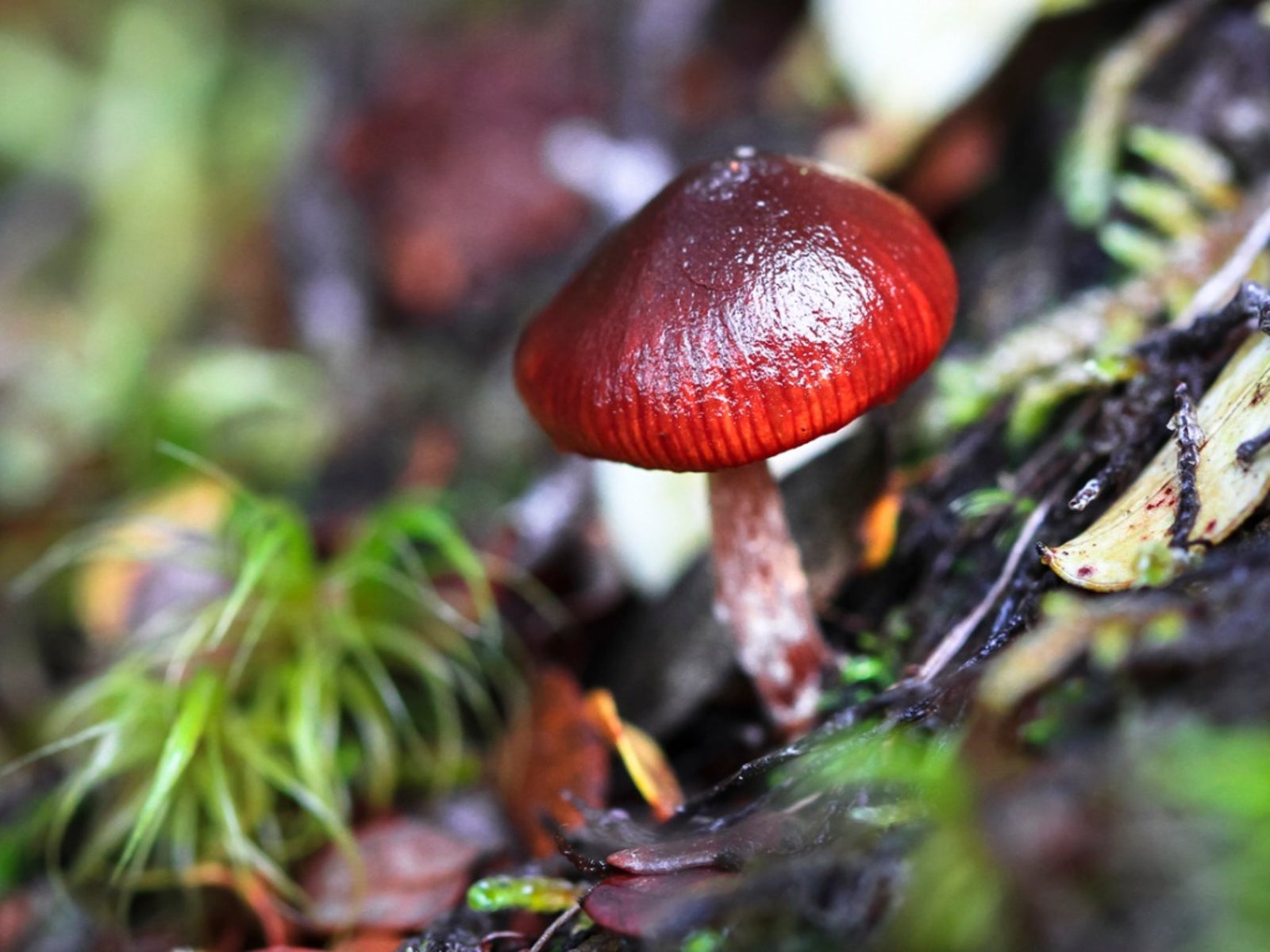Caring For Wine Caps – Tips On Growing Wine Cap Mushrooms


Mushrooms are an uncommon but very worthwhile crop to grow in your garden. Some mushrooms cannot be cultivated and can only be found in the wild, but plenty of varieties are easy to grow and a great addition to your yearly produce haul.
Growing wine cap mushrooms is very easy and rewarding, as long as you provide them with the right conditions. Keep reading to learn more about how to grow wine cap mushrooms and wine cap mushroom cultivation.
How to Grow Wine Cap Mushrooms
Wine cap mushroom cultivation works best if you buy a kit of material that’s been inoculated with mushroom spores.
Start in the spring to ensure a harvest sometime during the growing season. Wine cap mushrooms (Stropharia rugosoannulata) grow best outdoors in a sunny location. To create a raised mushroom bed, lay out a border at least 10 inches (25.5 cm.) high made of cinder blocks, brick, or wood. You want about 3 square feet per pound (0.25 sq. m. per 0.5 kg.) of inoculated material. Fill the space inside with 6 to 8 inches (15 to 20.5 cm.) of a mix of half compost and half fresh wood chips. Spread your spore inoculate over the area and cover it up with 2 inches (5 cm.) of compost. Water it thoroughly, and continue to keep the area moist.
Caring for Wine Caps
After a few weeks, a white layer of fungus should appear on top of the compost. This is called mycelium, and it’s the basis for your mushrooms. Eventually, mushroom stalks should appear and open up their caps.
Harvest them when they’re young, and be ABSOLUTELY SURE you can identify them as wine cap mushrooms before eating them. It’s possible for the spores of other mushrooms to take hold in your mushroom bed, and many wild mushrooms are poisonous. Consult a mushroom guide and always make a 100% positive identification before eating any mushroom.
If you let some of your mushrooms keep growing, they’ll deposit their spores in your garden, and you’ll be finding mushrooms in all kinds of places next year. It’s up to you whether or not you want this.
Sign up for the Gardening Know How newsletter today and receive a free copy of our e-book "How to Grow Delicious Tomatoes".
At the end of the summer, cover your mushroom bed with 2-4 inches (5 to 10 cm.) of fresh wood chips - the mushrooms should return in the spring.

The only child of a horticulturist and an English teacher, Liz Baessler was destined to become a gardening editor. She has been with Gardening Know how since 2015, and a Senior Editor since 2020. She holds a BA in English from Brandeis University and an MA in English from the University of Geneva, Switzerland. After years of gardening in containers and community garden plots, she finally has a backyard of her own, which she is systematically filling with vegetables and flowers.